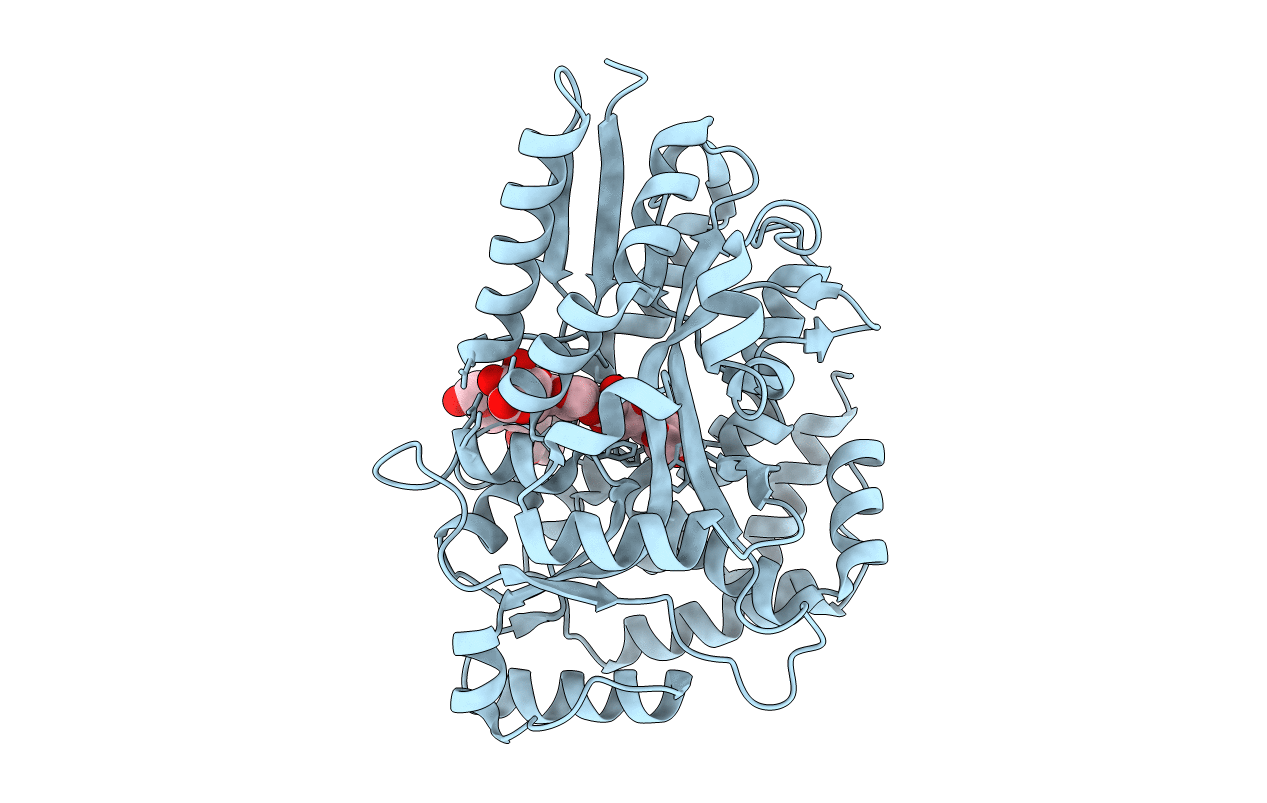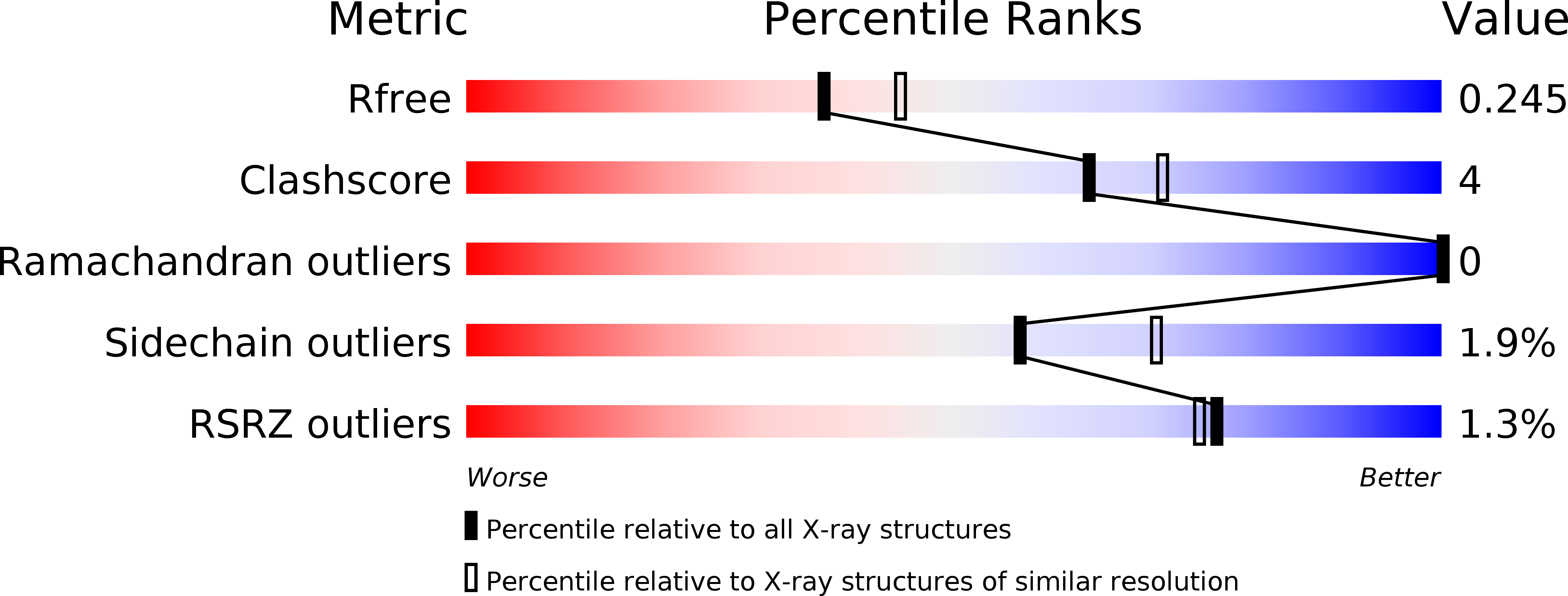
Deposition Date
2013-01-23
Release Date
2013-10-30
Last Version Date
2024-10-23
Entry Detail
PDB ID:
3ZKK
Keywords:
Title:
Structure of the xylo-oligosaccharide specific solute binding protein from Bifidobacterium animalis subsp. lactis Bl-04 in complex with xylotetraose
Biological Source:
Source Organism:
BIFIDOBACTERIUM ANIMALIS SUBSP. LACTIS BL-04 (Taxon ID: 580050)
Host Organism:
Method Details:
Experimental Method:
Resolution:
2.20 Å
R-Value Free:
0.24
R-Value Work:
0.20
R-Value Observed:
0.20
Space Group:
P 21 21 2


